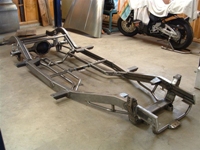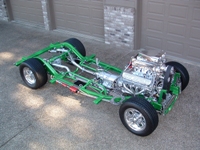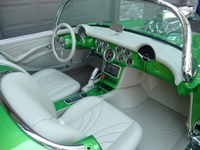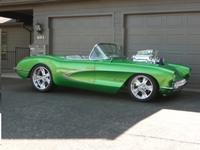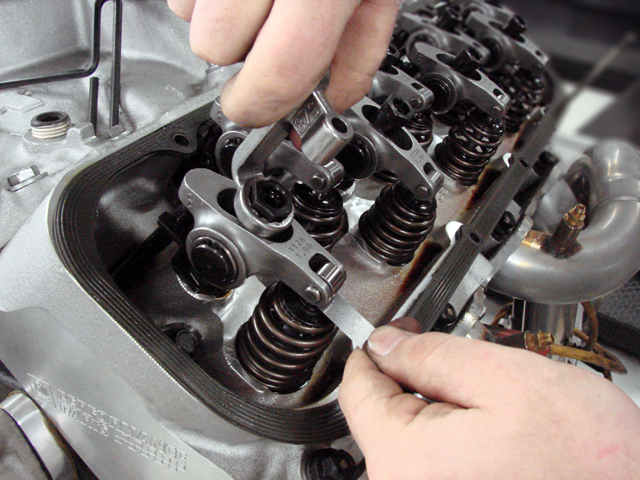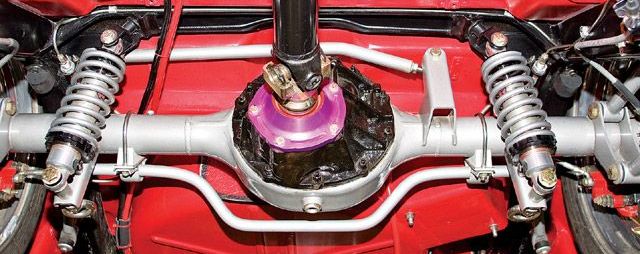
How to Determine Your Axle Gear Ratio
People who are buying a used vehicle, or shopping for an axle from a junk yard, frequently need to know what the ring and pinion gear ratio is in the axle's differential, as well as whether or not the axle has some sort of traction control device like a limited slip, locker, or spool.
One way is to look at the little metal tag that's bolted to the differential cover. This will have stamped in it, among other things, either the gear ratio or the ring/pinion tooth counts that the axle came with from the factory. Tooth counts will be something like "37 9" for 4.11 gears (37 / 9 = 4.11). The problem is that sometimes these tags are missing or unreadable, and sometimes (especially common on off-road vehicles) a previous owner will have changed the gears and not bothered to change the tag.
Another way is to remove the differential cover or the 3rd member and count the number of teeth on the gears. Unfortunately, this can get messy. However, it does tell you without a doubt what kind of traction control device you may have.
One somewhat easy yet very reliable way is to jack up the wheels, disconnect the driveshaft, rotate one wheel, and count how many revolutions the pinion yoke/flange makes. Those instructions gloss over some important details, so rather than simply reciting the exact instructions, I'll first explain why things are the way they are. If you're impatient, skip to the bottom.
Let's pretend through this example that you have 3.73 gears.
If you have a locker or good traction (or even a limited slip with equal resistance on either wheel), then when you turn the driveshaft 3.73 full turns, both wheels will rotate one full turn. That's the gear reduction at work.
Now, pretend you're making a tight turn, where the outer wheel has to turn more times than the inner wheel to complete the turn. Because of the way an open differential works, when one wheel turns slower than the ring gear, the other wheel has to compensate by turning faster than the ring gear. In this situation, for every 3.73 turns of your driveshaft, the inner wheel may only make half a revolution, while the outer wheel makes 1.5 revolutions.
Basically, for each 3.73 turns of the driveshaft, there must be two full wheel turns for the two wheels combined. When driving a straight line, each wheel makes one full turn. When turning, one wheel may make 0.8 turns while the other makes 1.2 turns. The tighter the turn, the more dramatic the difference between how fast the two wheels turn.
This situation is exaggerated when you jack up only one rear wheel while leaving the other on the ground. One wheel cannot rotate at all, so the other wheel (the one you're turning) must make two full turns in order to get one full rotation of the ring gear in the differential. One rotation of the ring gear will generate 3.73 rotations of the pinion gear.
If you jack up both tires and leave the tranny in gear, the ring gear won't be allowed to rotate at all. Therefore, if you jack up both wheels and try to rotate one of them (with an open diff), the opposite wheel will have to rotate the same number of times, but in the opposite direction. If you try this trick with a good limited slip, you'll have to really wrestle the tire in order to get it to turn, since you're trying to overcome the slip-limiting force of your LSD. If you try this trick with a locker, you'll pop a blood vessel before you get the tire to turn, since a locker won't let either wheel rotate without the driveshaft turning. That's the whole point of a locker.
